Electroplating or electrotyping is a chemical technique used to easily copy metal objects such as coins and tokens. As with metal casting, a mold is first formed from an existing model. The surface of the mold is then made electrically conductive by covering it with a very thin layer of graphite powder. The plaster mold is then suspended in an electrolysis solution under voltage. The metal then adheres to the mold, creating a perfect copy of the original medallion. This technique was patented in 1838 by the Russian scientist Moritz von Jacobi (1801-1874). This portrait was executed in the typically French Neo-Renaissance style that developed during the reign of King Louis-Philippe (1830-1848).
This is a nod to France's great past. Henry IV, founder of the Bourbon monarchy, was a particularly popular monarch of his time. Henry was a Huguenot who had converted to Catholicism after Bartholomew's Night. In 1598, he issued the Edict of Nantes, which ended religious conflict in his country. He also improved the nation's infrastructure and carried out agricultural reforms. On May 14, 1610, he was assassinated and his eldest son, Louis XIII, succeeded him. The original medallion was created in the first quarter of the 17th century by the French medalist Guillaume Dupré (1579-1640). One of the original medallions is in the collection of the Met in New York.
Condition: The portrait is in excellent condition. The original frame shows slight signs of damage.


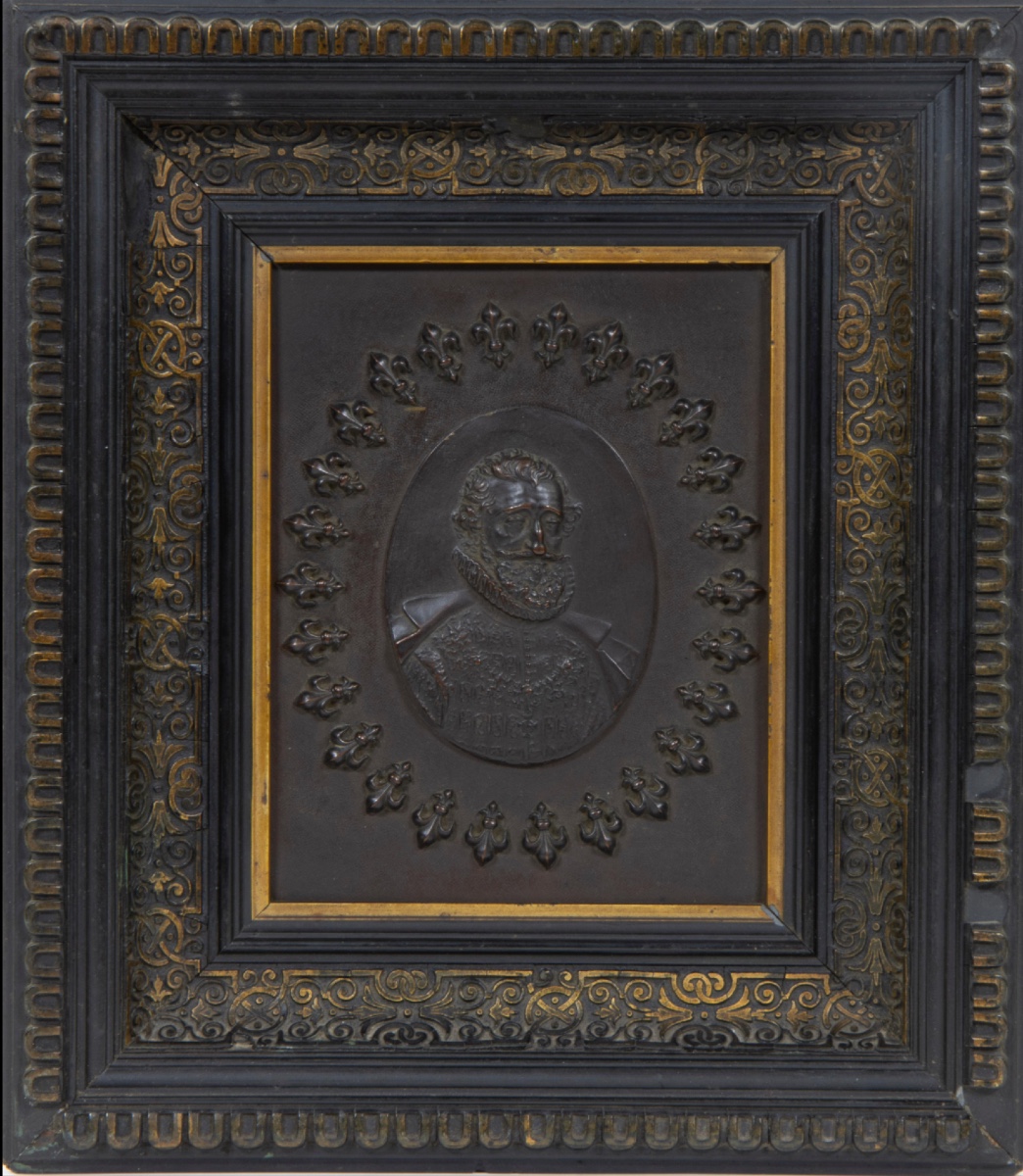
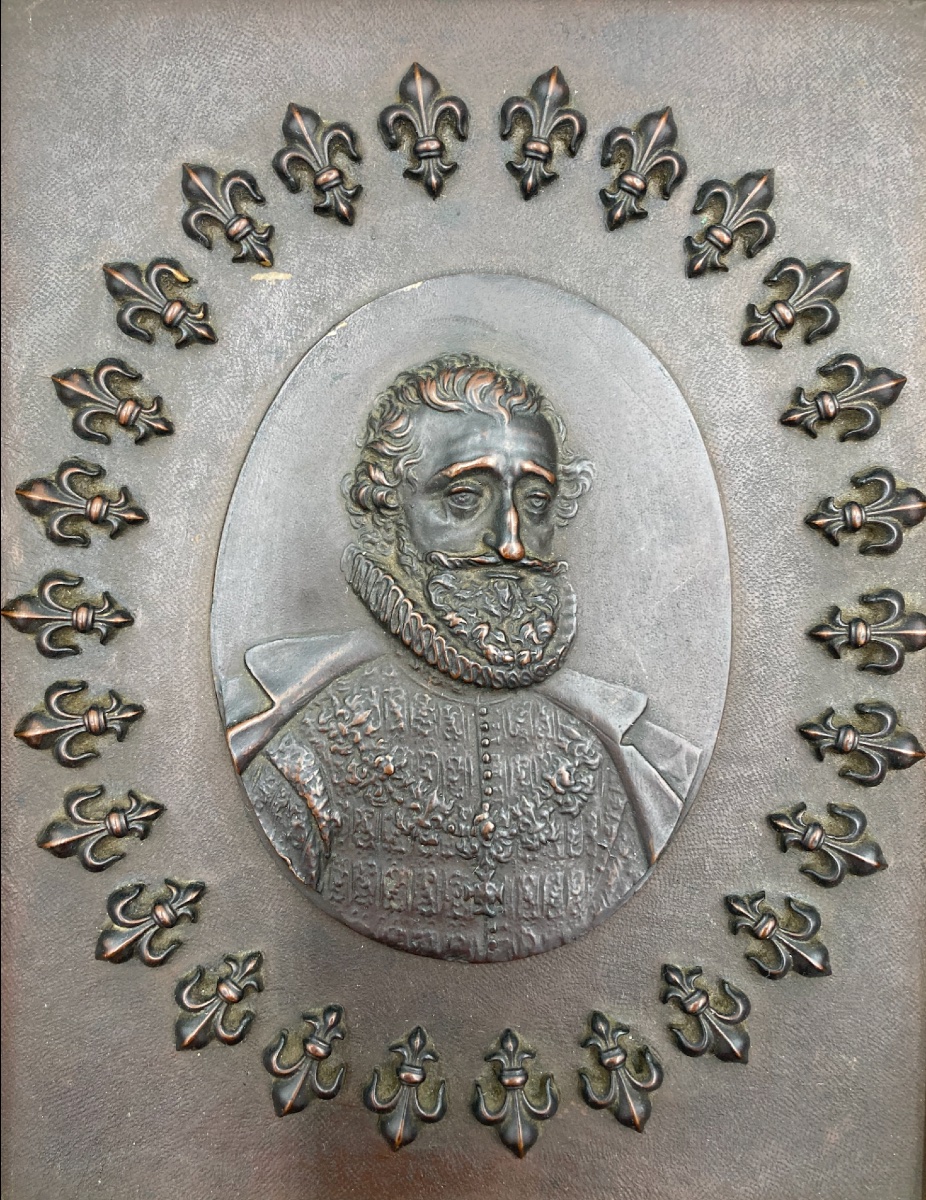












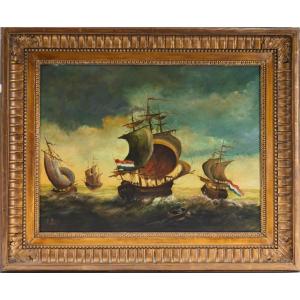





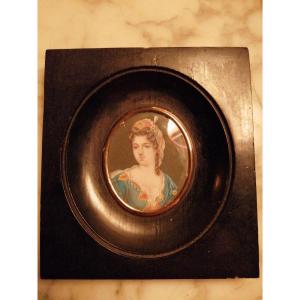
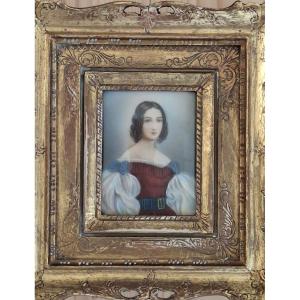

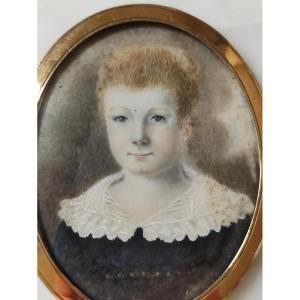
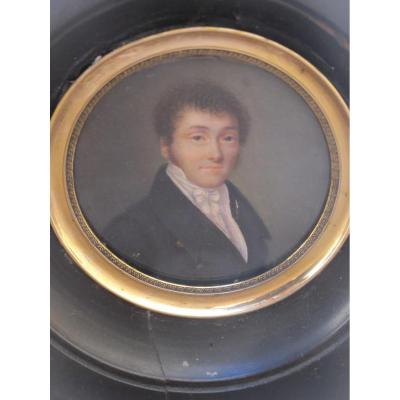



 Le Magazine de PROANTIC
Le Magazine de PROANTIC TRÉSORS Magazine
TRÉSORS Magazine Rivista Artiquariato
Rivista Artiquariato